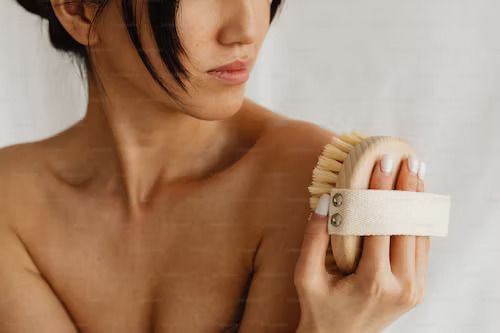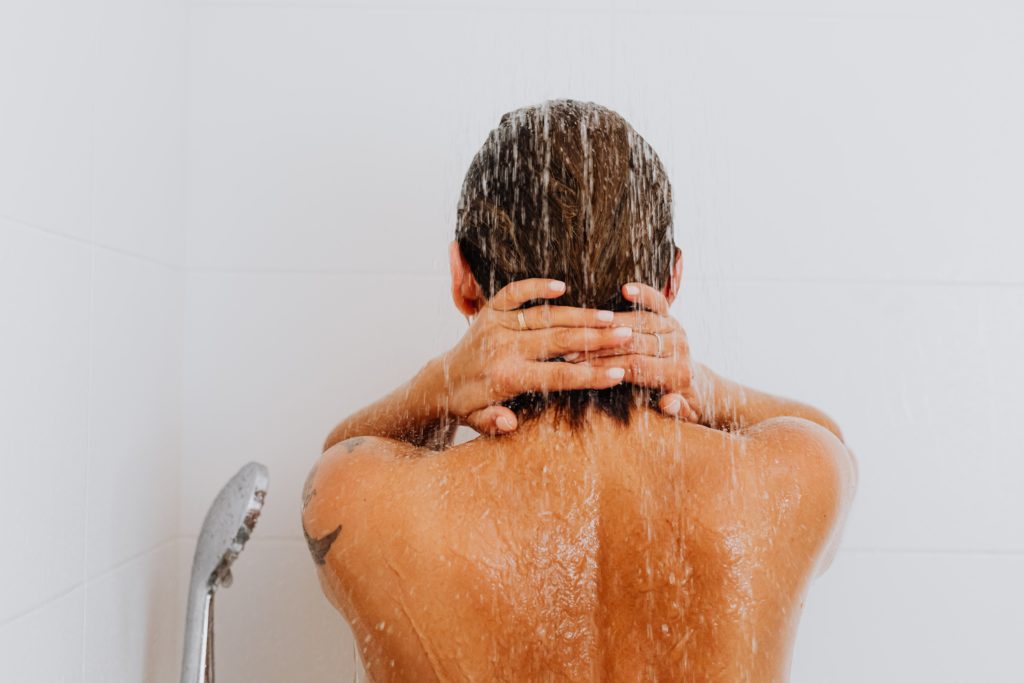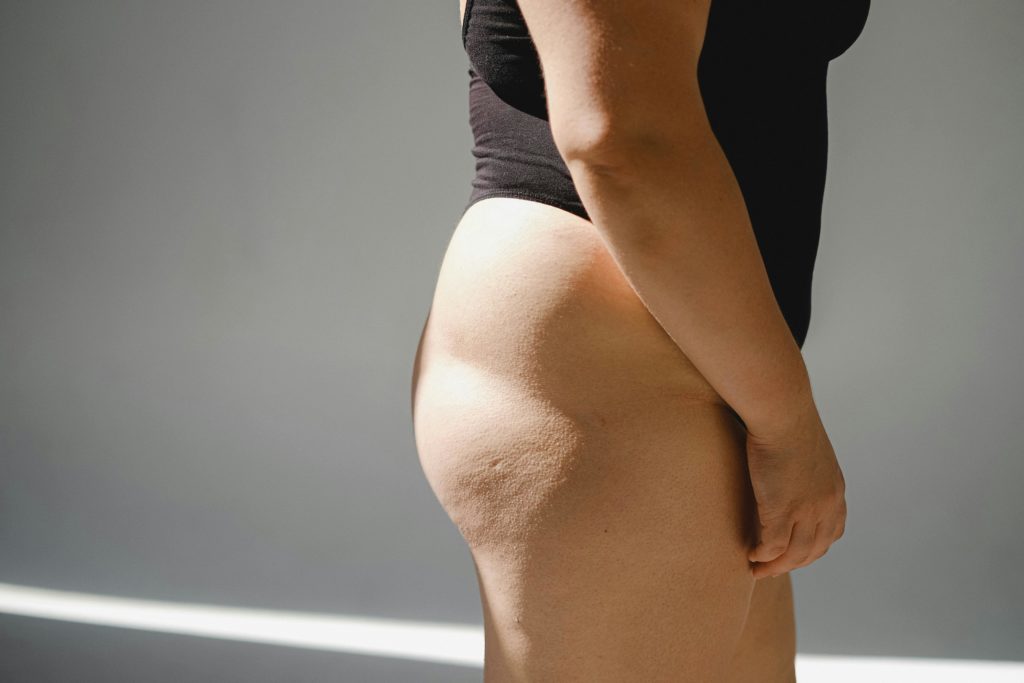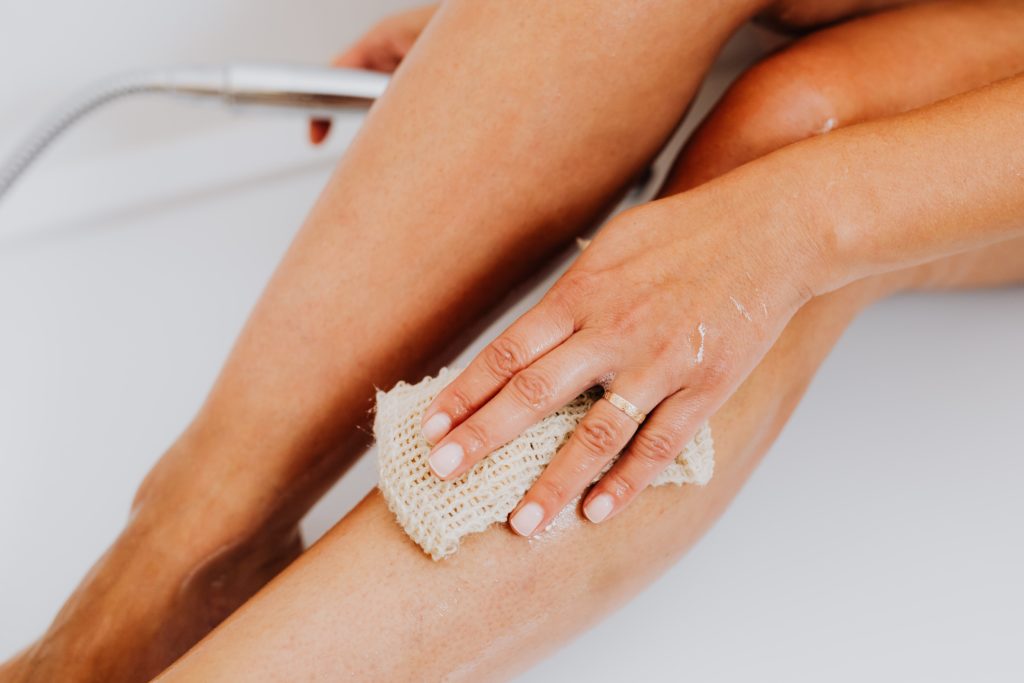Everyone wants soft, smooth, and healthy skin. It not only looks good but also boosts confidence. However, with our busy lives, we often ignore taking care of our skin.
One way to achieve soft skin is through dry body brushing. Dry body brushing has been around for centuries and has been known to improve skin health and overall well-being.
This article will explore the benefits of dry body brushing, techniques, precautions, and other important information.
Understanding the Basics of Dry Body Brushing
Dry body brushing is a simple self-care technique that involves brushing the skin with a dry brush made of natural bristles. The bristles are stiff and may vary in texture, depending on the type of brush you choose.
The brush is used to massage the skin, remove dead skin cells, and increase blood circulation.
What are the benefits of dry body brushing?
Dry body brushing has numerous benefits for the skin and overall health. Here are some of the benefits of dry body brushing:
- Exfoliation: Dry body brushing helps to remove dead skin cells, which can clog pores and cause dry, rough skin. It promotes the growth of new skin cells, leaving your skin soft and smooth.
- Improves blood circulation: Brushing the skin stimulates blood flow, which helps to oxygenate the body’s cells, improve nutrient supply, and enhance waste elimination.
- Boosts lymphatic system: The lymphatic system helps to flush out toxins from the body. Dry body brushing can help to stimulate lymphatic drainage, which improves the immune system and reduces the risk of infections.
- Helps to reduce cellulite: Cellulite is a common problem that affects many people, especially women. Dry body brushing can help reduce cellulite’s appearance by breaking down fat deposits and promoting circulation.
- Reduces stress: Dry body brushing has a calming effect on the body and can help to reduce stress and anxiety.
How to select a dry body brush?
When selecting a dry body brush, it is important to choose a brush with natural bristles that are stiff enough to exfoliate the skin but not too hard that they cause irritation or damage the skin.
Some of the common types of bristles include cactus, boar, and sisal. The handle should be long enough to reach all parts of your body, and the brush should be easy to grip.
How to perform dry body brushing?
Before you begin dry body brushing, ensure your skin is dry and clean. Start by brushing the soles of your feet and work your way up towards your heart, using gentle, circular motions.
Use light pressure, and avoid brushing too hard, as this can cause skin irritation. Brush each area of your body for 2-3 minutes, and then shower to wash off the dead skin cells.
Techniques of Dry Body Brushing
Dry body brushing is a simple technique, but it is important to use the right techniques to get the maximum benefits. Here are some techniques for dry body brushing:
- Techniques to dry brush the arms and hands: Start by brushing the back of your hands and work your way up towards your shoulders, using circular motions. Brush each arm for 2-3 minutes, then switch to the other arm.
- Techniques to dry brush the legs and feet: Begin brushing the soles of your feet and work your way up towards your thighs, using long, sweeping motions. Brush each leg for 2-3 minutes, then switch to the other leg.
- Techniques to dry brush the back and torso: Use a long-handled brush to reach your back and torso. Brush your back using long, sweeping motions, then brush your stomach and chest using circular motions.
- Techniques to dry brush the face and neck: Use a small, soft-bristled brush to dry brush your face and neck. Avoid using a stiff brush, as this can damage the delicate skin on your face. Use gentle, circular motions and avoid the eye area.
Health Benefits of Dry Body Brushing
Dry body brushing has numerous health benefits, including:
- Benefits for the skin: Dry body brushing can help to exfoliate the skin, remove dead skin cells, and unclog pores. It can also improve skin tone and texture, leaving your skin soft, smooth, and glowing.
- Benefits for the lymphatic system: The lymphatic system plays a vital role in removing waste and toxins from the body. Dry body brushing can help stimulate lymphatic drainage, improve the immune system, reduce inflammation, and prevent illnesses.
- Benefits for the nervous system: Dry body brushing has a calming effect on the body and can help to reduce stress, anxiety, and depression. It can also improve sleep quality, leaving you feeling more relaxed and refreshed.
- Benefits for the immune system: Dry body brushing can help stimulate the production of white blood cells responsible for fighting infections and diseases. This can help to boost the immune system and reduce the risk of illnesses.
Precautions to Take Before Dry Body Brushing
While dry body brushing is generally safe, there are some precautions you should take before starting. Here are some precautions to keep in mind:
- Who should not perform dry body brushing? If you have sensitive skin, eczema, psoriasis, or any other skin condition, it is best to consult a dermatologist before trying dry body brushing. Pregnant women should also avoid dry body brushing, which can stimulate contractions.
- Precautions to take before dry body brushing: Before dry body brushing, ensure that your skin is clean and dry. Avoid brushing areas with cuts, bruises, or rashes. It is also important to use gentle pressure and avoid brushing too hard, as this can damage the skin.
- What are the possible side effects of dry body brushing? Some people may experience redness, irritation, or itching after dry body brushing. If you experience any of these side effects, stop dry body brushing and consult a dermatologist.
Conclusion
Dry body brushing is a simple self-care technique that can improve skin health, boost the immune system, and reduce stress and anxiety. By using the right techniques and precautions, you can enjoy the numerous benefits of dry body brushing and achieve soft, smooth, and healthy skin.
FAQs
1. How often should I dry body brush?
You can dry body brush daily, or a few times a week, depending on your skin type and personal preference.
2. What is the best time to dry body brush?
The best time to dry body brush is in the morning, before showering. This can help to invigorate the body and leave you feeling refreshed and energized.
3. Can dry body brushing help with acne?
Yes, dry body brushing can help unclog pores and remove dead skin cells, reducing the risk of acne.



